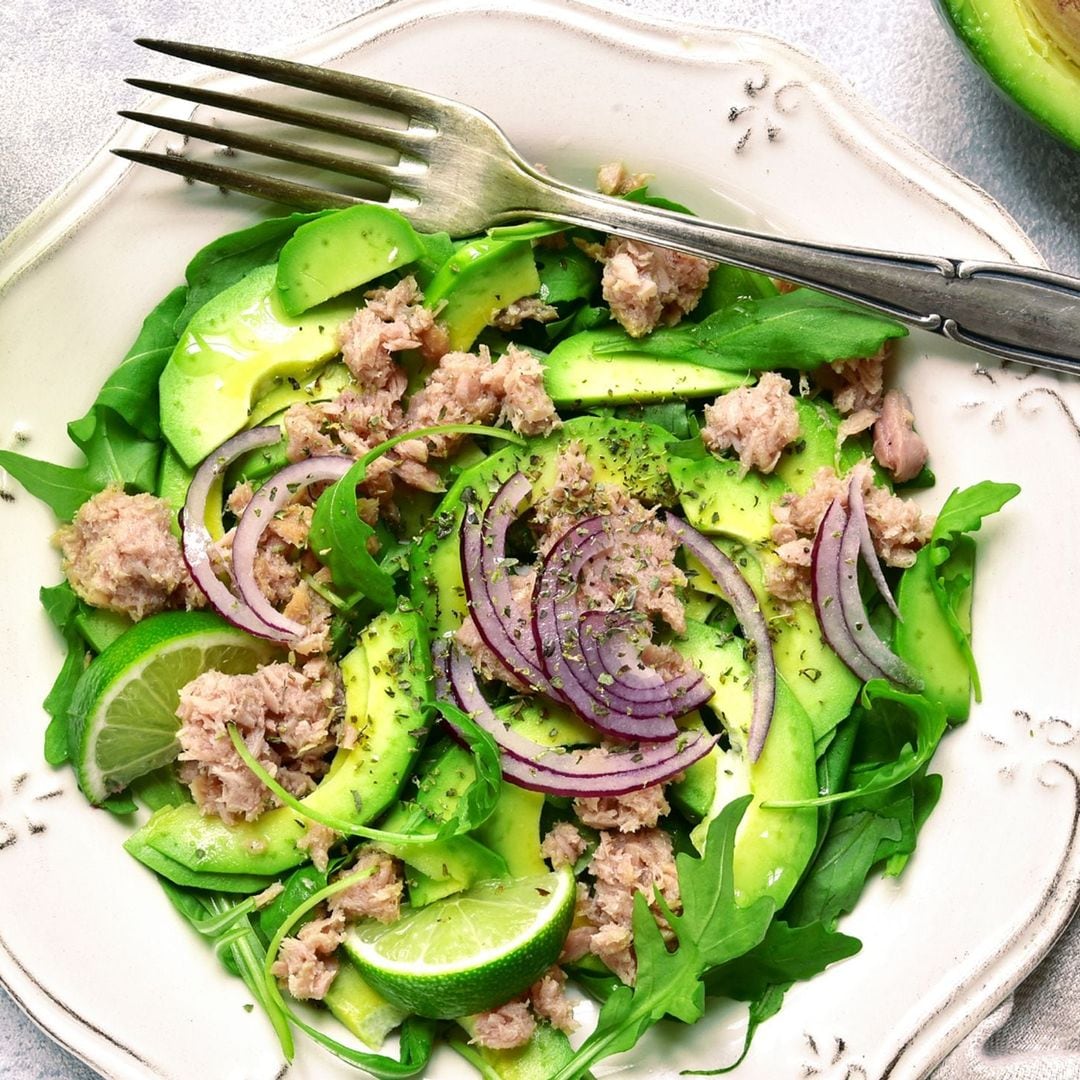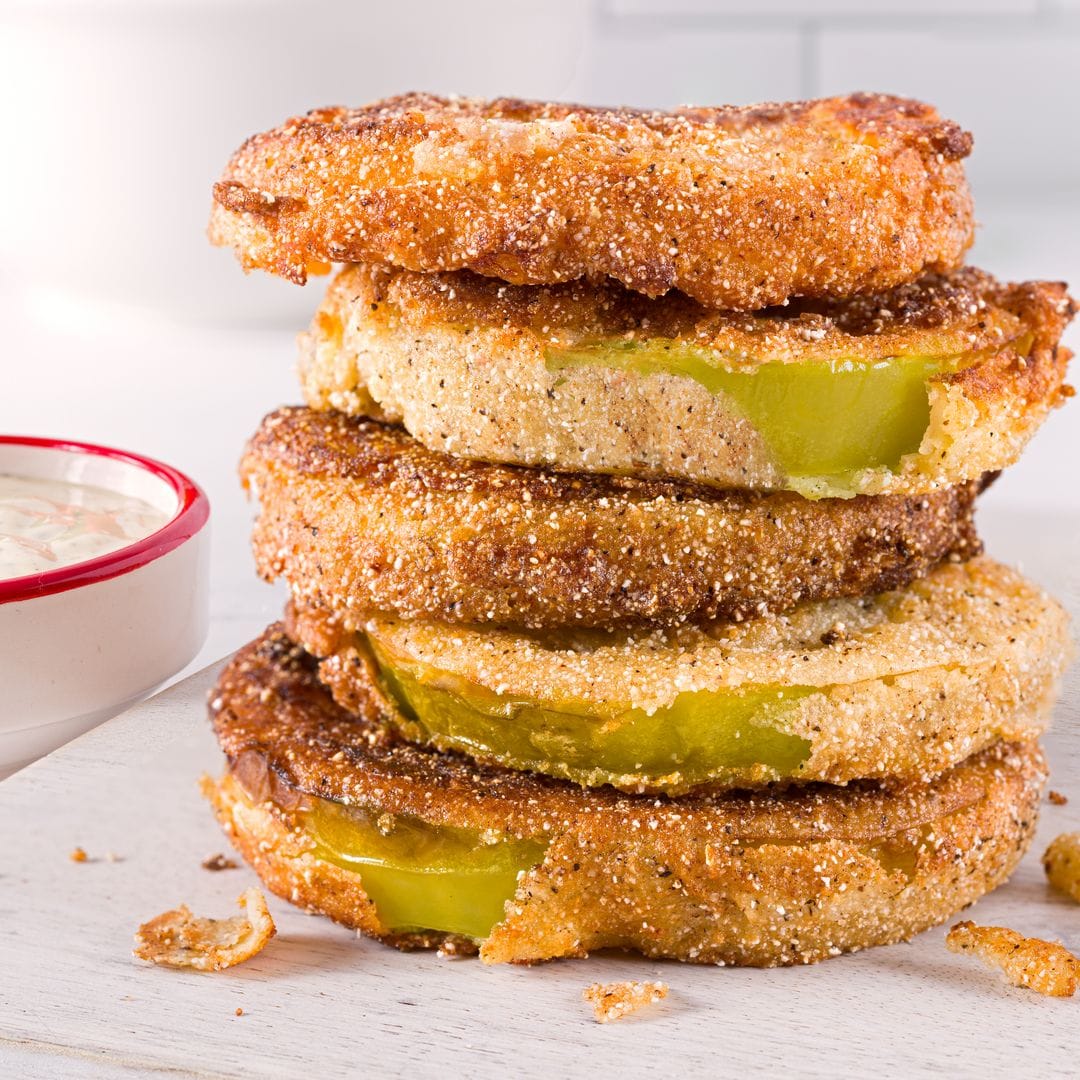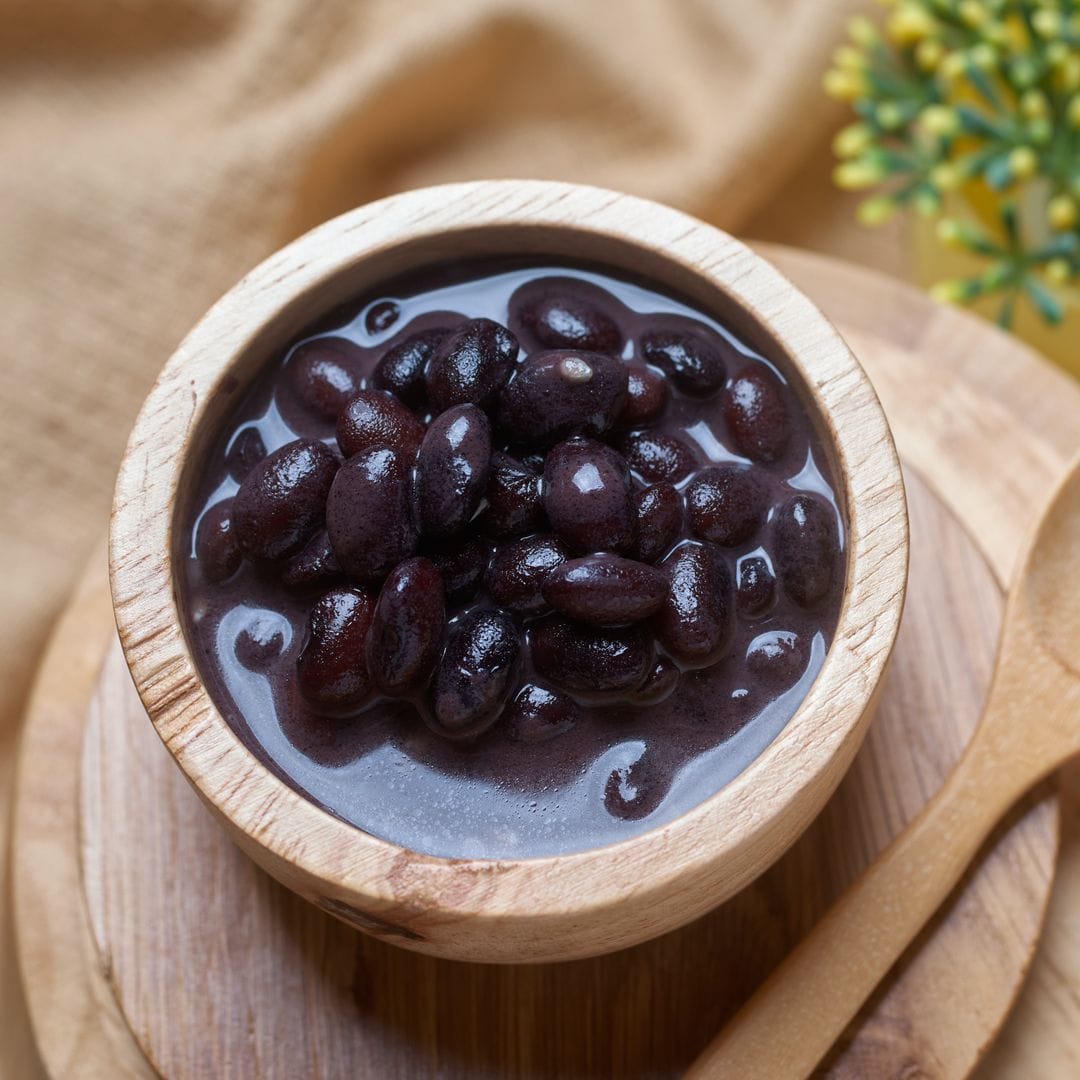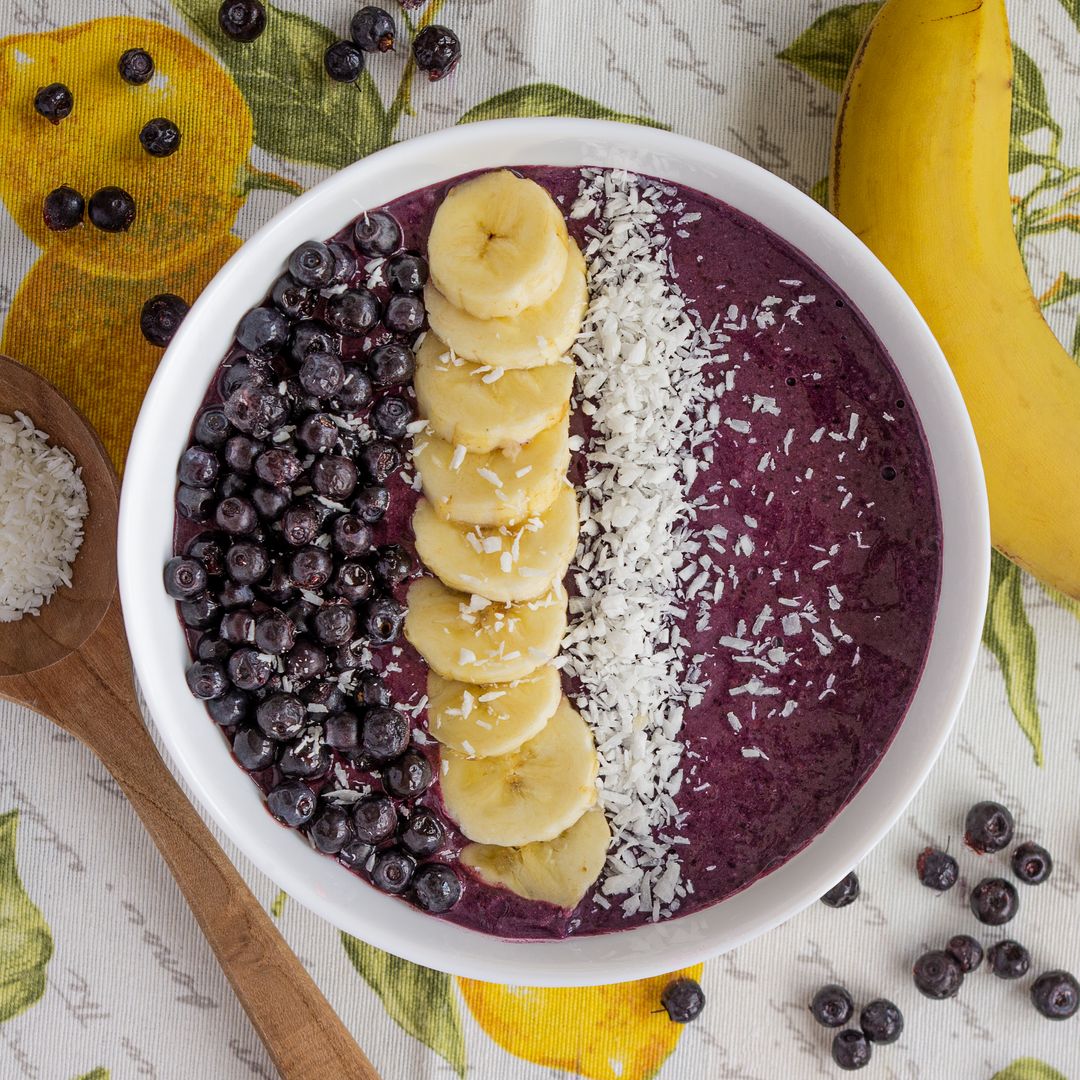It’s the circle of... food! Disney Parks are known for their iconic menu items, from turkey legs to churros, but did you know that the cycle of your food continues even after you’ve left a Disney Park?
Ahead of Earth Day, Disney shared insight into what happens to food waste and unserved food at the parks. In an effort to help prevent food waste before it begins, menus are planned to predict how many meals will be served in the parks each day.
“Across Disney Parks, we are committed to reducing food waste with a goal of zero waste to landfill,” Chef Michael Gonsalves, a chef at Walt Disney World Resort, said. “To aid in this effort, we try to maximize food waste diversion. Pushing the bar on food quality and innovation is one thing, but most important is the consideration of our carbon footprint and its impacts on our world. The vision and dedication to drive to sustainable zero-waste models should be the goal for everyone on this planet if we plan to see it thrive for generations to come.”
Scraps that are left behind by guests are collected in allocated food waste bins and used in different ways, including composting. Just last year, Walt Disney World Resort composted a whopping 15 million pounds of unusable food scraps.
“At Walt Disney World Resort, food waste is sent to an off-site commercial composting facility where it naturally breaks down and is recycled into a nutrient-rich soil product, often used for gardening, farming, landscaping and more,” according to Disney. “In fact, compost soil made from Walt Disney World’s food waste is used to fertilize plants at Restaurantosaurus and in the Pollinator Garden at Rafiki’s Planet Watch, both at Disney’s Animal Kingdom.”
Over on the West Coast, used cooking oil from restaurants around Disneyland Resort helps fuel steam trains and the Mark Twain Riverboat. Scraps from food preparation in kitchens at Disneyland Resort, in addition to “uneaten food from guests is diverted from landfill and converted, if eligible, into an amendment that helps feed farm animals.” Meanwhile abroad, Hong Kong Disneyland converts food scraps into energy, along with Disneyland Paris, which recovers 93 percent of its food waste.
As for prepared meals at Disney Parks that are “eligible for human consumption” and have not been served? They are donated to local food banks like Second Harvest Food Bank. Disney noted that since March 2020, more than $14.6 million worth of food has been donated to hunger-relief organizations globally.
Disney’s food waste diversion efforts are a part of the Disney Planet Possible program, which aims to build and inspire a more sustainable future. It might be a small world, but it is our world after all.
,type=downsize)




